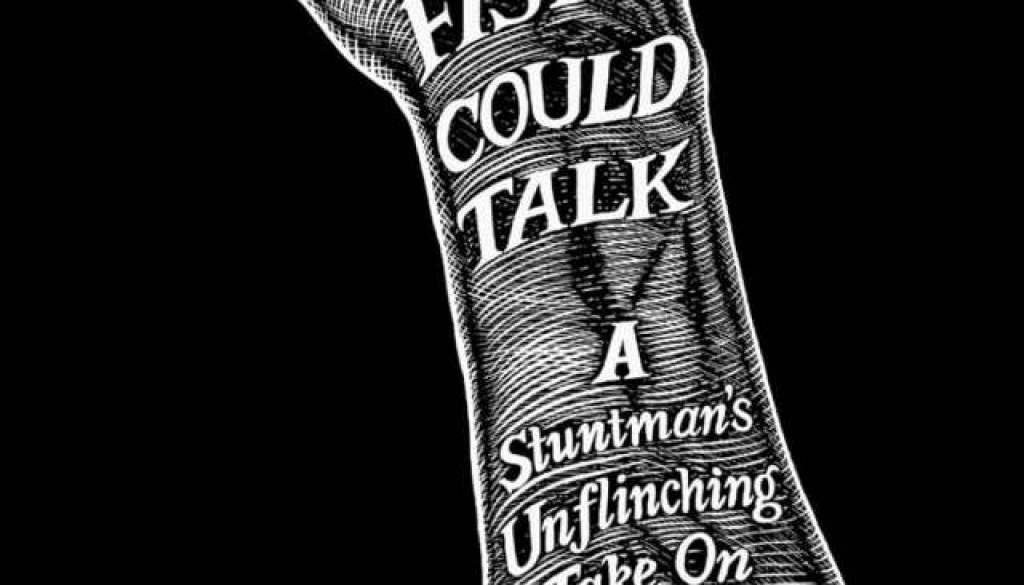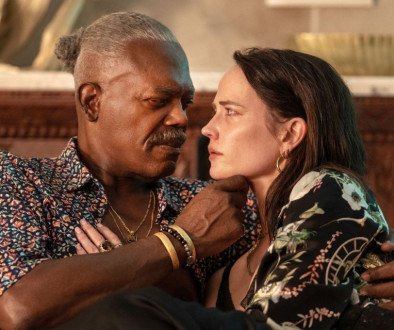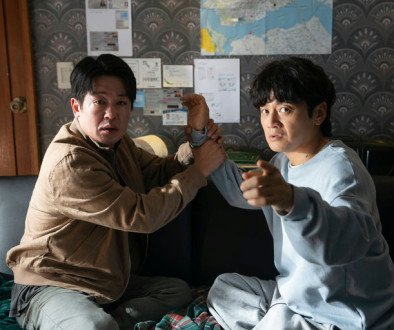IF THESE FISTS COULD TALK: Clench Your Copy Of Eric Jacobus’s New Action Cinema Literature Today!
I’ve been following Eric Jacobus for twenty years in his continued pursuits of independent action greatness. His chase expands even longer than that, all which contributes to his purported efforts today in stunts for film and video games, and motion capture arts.
Underneath those toils, however, come an even deeper search for Jacobus which he touts in his latest book, “If These Fists Could Talk: A Stuntman’s Unflinching Take On Violence”. The campaign has been going for a little over a month now and the moment is finally here with the book’s release.
Read on for the official deets below and get your copy today, on digital or Paperback.
Stuntman and indie action film director Eric Jacobus fought for 15 years to make it in the entertainment business. He finally got his big break as the stuntman for Kratos in God of War (2018). With God of War’s success, Jacobus, with the help of his brother-in-law Zac Swartout, set out to build an action design and motion capture studio housed in Las Vegas, with the upcoming God of War Ragnarök as his target. But to get the massive contract, Jacobus gave them the pitch of a lifetime: Jacobus would design the action based on a new science of violence which he had been developing for years. The presentation was a success: SuperAlloy opened its doors with Ragnarök as the first contract, which was followed by a string of hits like Sifu, Call of Duty: Modern Warfare II, Destiny 2, Midnight Fight Express, and Mortal Kombat 1, as well as films like Army of the Dead.
Throughout the company’s life, Jacobus honed his hypothesis of violence. With a daily reading regimen of 60-100 pages spanning subjects like anthropology, history, military science, archaeology, primatology, neuroscience, social sciences, psychology, evolutionary science, and linguistics, Jacobus sought the mechanism behind the apocalyptic nature of human violence to design the best action possible. But to his surprise, theories of human violence were always complex and gradual. Violence is often, paradoxically, called “animalistic” and “inhuman,” yet somehow also uniquely human. No authors ever mechanically differentiated human and animal combat. He wondered, how great would it be if someone familiar with violence wrote a book on it?
After reading hundreds of books, Jacobus outlined a simple difference between human and animal combat. Animals are limited to their natural weapons which are paired with their defenses; the weapons are therefore known to all parties, making combat safe for forming hierarchies. But because humans use objects in combat, the opponent’s weapon can’t be anticipated, which incentivizes both sides to escalate to extremes, blowing combat into apocalyptic proportions. He calls this “reciprocal, object-based aggression” (ROBA). The book details how there is no evidence of ROBA in any animal species, even primates.
Jacobus redefines violence as a mode of exchange. To avoid violence, we must exchange ROBA for other cultural forms like language, religion, art, etc. By formulating violence minimally as ROBA, Jacobus inadvertently flips the script on the human sciences, showing ROBA to be far from animalistic; it might be the best way to understand humans. The ROBA Hypothesis also allowed him to make a cool action design and motion capture company. This book is all about how he did it.






